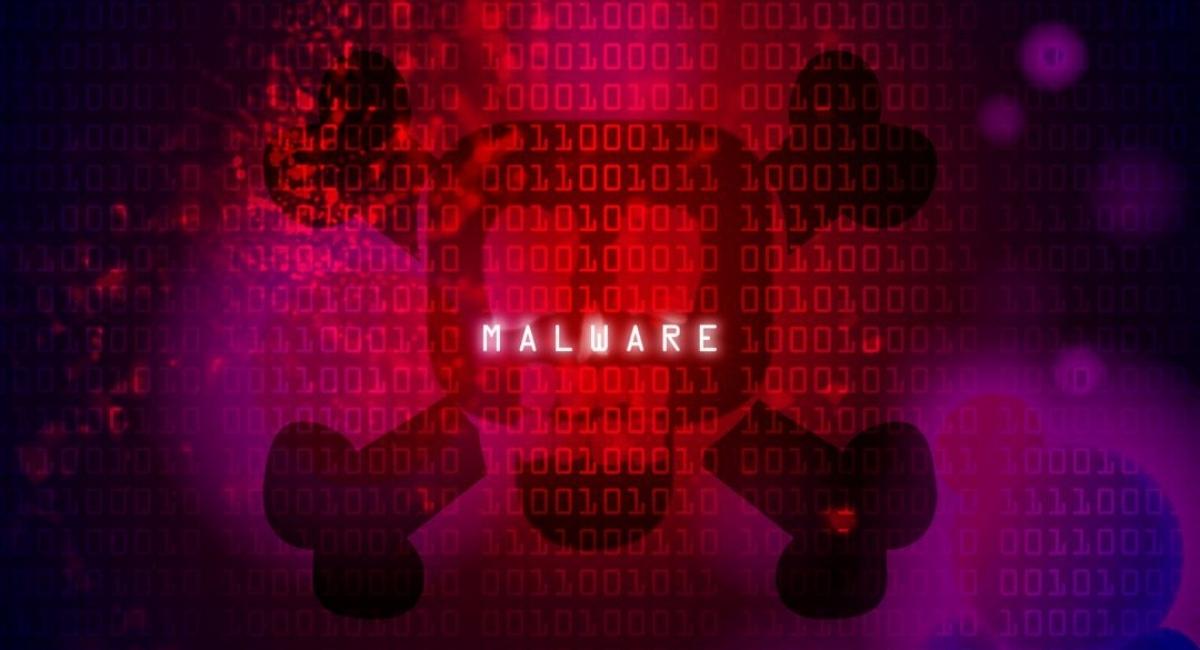How to Avoid Image-Based Malware Attacks
September 26, 2022 By Omal J

(Image Credit Google)
When it comes to protecting your devices and your data, there are several threats to be aware of, including viruses, phishing scams, insecure Wi-Fi networks, and malicious USB sticks. But, this article highlights one of the less well-known threats—image-based malware attacks.
Attackers can put malware into digital images that look completely normal. And for this, they use steganography, often known as the practice of hiding one file in another. The technique uses an image's hidden data information that doesn't always transfer into pixels on your screen.
 Therefore, the ability to alter almost any image format to hide spyware exists. And the more appealing and well-known the image, the better. For instance, a ransomware campaign recently included images from the James Webb telescope. Usually, you'll find these compromised images integrated into documents or supplied to you on websites. These are just the basics, but the specifics of this threat change depending on the attack.
Furthermore, there are several ways to insert malware code into an image. For instance, hackers can attach malware to the end of a file, make minor changes to certain lines of code, or update the metadata for a file (this metadata also stores the time and date the photo was taken and other information).
Therefore, the ability to alter almost any image format to hide spyware exists. And the more appealing and well-known the image, the better. For instance, a ransomware campaign recently included images from the James Webb telescope. Usually, you'll find these compromised images integrated into documents or supplied to you on websites. These are just the basics, but the specifics of this threat change depending on the attack.
Furthermore, there are several ways to insert malware code into an image. For instance, hackers can attach malware to the end of a file, make minor changes to certain lines of code, or update the metadata for a file (this metadata also stores the time and date the photo was taken and other information).
 Regardless of the specifics, the image serves as a vehicle for something dangerous, much like the Trojan horse from Greek mythology. Images may contain code that can harm a system, launch a ransomware attack, or begin cryptocurrency mining on a computer. The ways are endless, and of course, there are also new threats emerging constantly. So, hackers can use any file as a carrier, including films, documents, and photos.
Regardless of the specifics, the image serves as a vehicle for something dangerous, much like the Trojan horse from Greek mythology. Images may contain code that can harm a system, launch a ransomware attack, or begin cryptocurrency mining on a computer. The ways are endless, and of course, there are also new threats emerging constantly. So, hackers can use any file as a carrier, including films, documents, and photos.
Why are image-based malware attacks more successful?
The fact that an image file appears far more innocent than an executable file is one of the reasons these assaults are so successful. Even while you probably won't download and run an app you don't understand; you might look at a photo that someone sent you, especially if it's a stunning image of deep space like the one taken by the James Webb telescope.

The solution to staying safe from image-based malware
To protect yourself from image-based malware attacks and any other threat, you must follow all the same security precautions. Ensure that your programs are constantly running the most recent versions, exercise caution when opening emails and social media messages (even if they appear to be from people you know), and install a third-party security software suite on your computer for added security.
By Omal J
I worked for both print and electronic media as a feature journalist. Writing, traveling, and DIY sum up her life.


 Therefore, the ability to alter almost any image format to hide spyware exists. And the more appealing and well-known the image, the better. For instance, a ransomware campaign recently included images from the James Webb telescope. Usually, you'll find these compromised images integrated into documents or supplied to you on websites. These are just the basics, but the specifics of this threat change depending on the attack.
Furthermore, there are several ways to insert malware code into an image. For instance, hackers can attach malware to the end of a file, make minor changes to certain lines of code, or update the metadata for a file (this metadata also stores the time and date the photo was taken and other information).
Therefore, the ability to alter almost any image format to hide spyware exists. And the more appealing and well-known the image, the better. For instance, a ransomware campaign recently included images from the James Webb telescope. Usually, you'll find these compromised images integrated into documents or supplied to you on websites. These are just the basics, but the specifics of this threat change depending on the attack.
Furthermore, there are several ways to insert malware code into an image. For instance, hackers can attach malware to the end of a file, make minor changes to certain lines of code, or update the metadata for a file (this metadata also stores the time and date the photo was taken and other information).
 Regardless of the specifics, the image serves as a vehicle for something dangerous, much like the Trojan horse from Greek mythology. Images may contain code that can harm a system, launch a ransomware attack, or begin cryptocurrency mining on a computer. The ways are endless, and of course, there are also new threats emerging constantly. So, hackers can use any file as a carrier, including films, documents, and photos.
Regardless of the specifics, the image serves as a vehicle for something dangerous, much like the Trojan horse from Greek mythology. Images may contain code that can harm a system, launch a ransomware attack, or begin cryptocurrency mining on a computer. The ways are endless, and of course, there are also new threats emerging constantly. So, hackers can use any file as a carrier, including films, documents, and photos.







